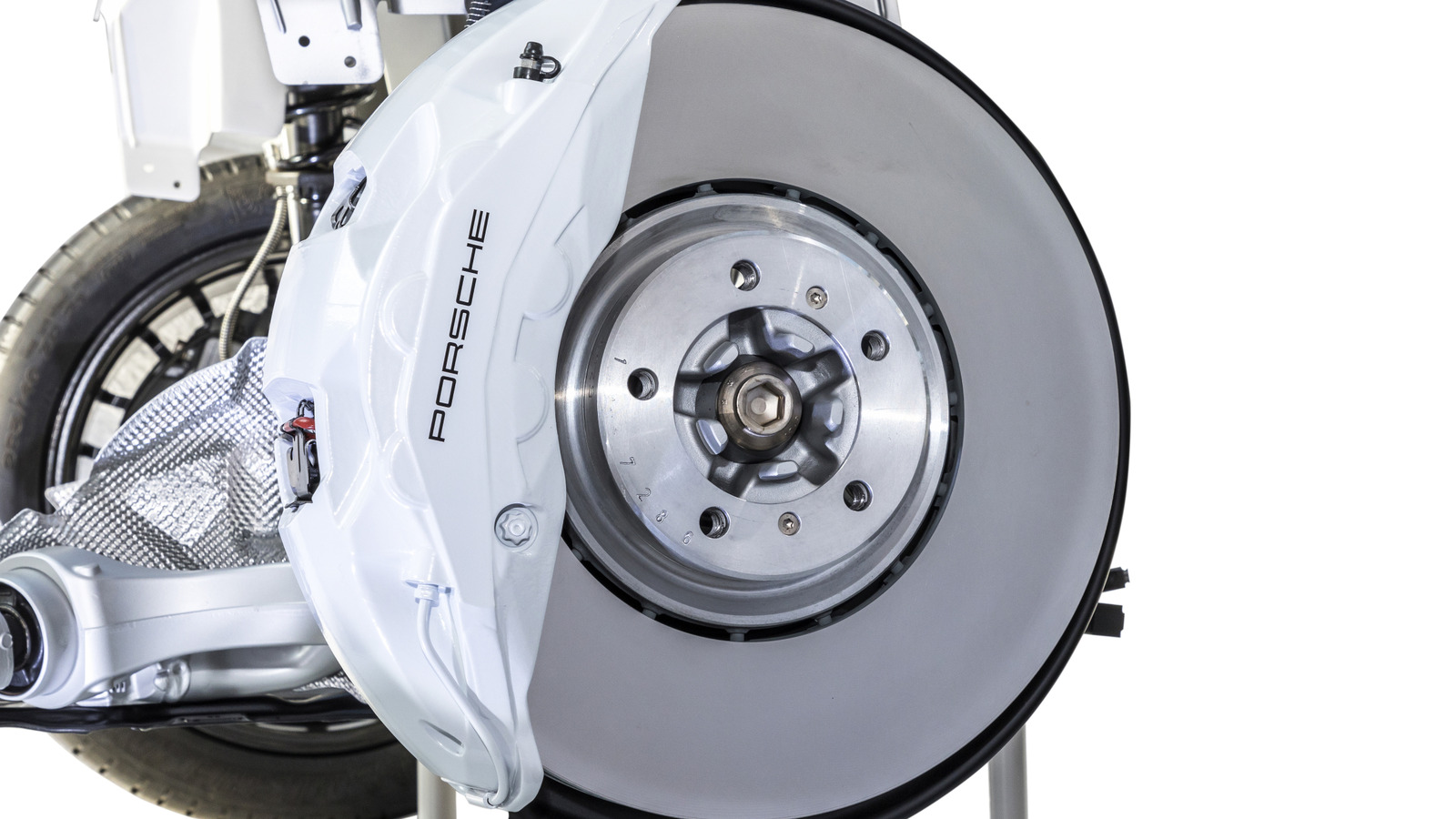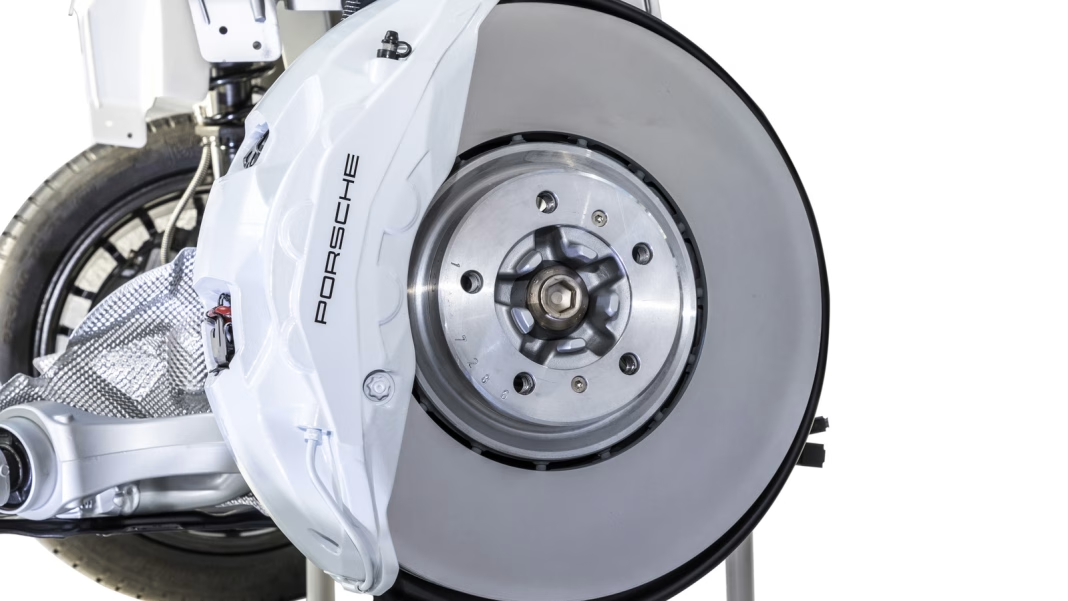What Makes Porsche’s Surface Coated Brakes Different from the Usual Options?
Car enthusiasts know the classic brake debate: steel rotors for everyday driving, carbon ceramics for track days and deep pockets. Porsche’s Surface Coated Brakes (PSCB) throw a curveball into that conversation. Instead of picking a side, they land squarely in the middle—offering a tungsten-carbide coated twist you won’t find on your neighbor’s sedan.
Here’s the gist: PSCB starts with a traditional cast-iron disc, then adds a super-hard layer of tungsten carbide. This isn’t just for show. Tungsten carbide is about ten times harder than steel, so it dramatically cuts down on wear and tear. The result? Rotors that last longer, stay cleaner, and look sharp behind those signature Porsche wheels.
Why Did Porsche Even Bother with Tungsten-Carbide Coating?
You might wonder, if carbon ceramics are the gold standard, why not just stick with those? The answer is all about balance. Carbon ceramics are fantastic for high-speed, high-heat situations—think repeated hard stops on a racetrack. But they’re expensive, sometimes noisy, and can be overkill for daily driving.
Porsche saw a gap: drivers who want better performance and less brake dust than steel, but don’t need to shell out for full ceramics. Enter PSCB. By coating iron rotors with tungsten carbide, Porsche delivers a brake system that resists wear, reduces dust by up to 90% (according to Porsche’s own data), and still feels smooth and responsive on the road. Plus, you don’t get the squeal that sometimes plagues ceramic setups.
How Do PSCB Brakes Perform in Real-World Driving?
Let’s get practical. Daily driving with PSCB feels reassuringly normal—no weird pedal sensations or unpredictable bite. The initial feel is similar to standard steel brakes, but with a subtle bonus: they’re less prone to fade during spirited driving. That means you can push a little harder on your favorite backroad without worrying about mushy feedback.
What about the track? PSCB isn’t meant to replace carbon ceramics if you’re chasing lap times. They’ll handle the occasional track day, but repeated high-speed stops will eventually show their limits. For most drivers, though, that’s a fair trade-off for the lower cost and easier maintenance.
Are There Any Downsides to PSCB?
No system is perfect. PSCB rotors can’t be resurfaced like traditional iron discs—once the coating wears through, it’s time for a replacement. And while they’re more affordable than ceramics, they’re pricier than plain steel. Some drivers also report that, in extremely cold conditions, the initial bite can feel a touch softer until things warm up.
Still, for most Porsche owners, these are minor quibbles. The reduced brake dust alone is a game-changer if you love spotless wheels.
How Do PSCB Brakes Stack Up on Cost and Maintenance?
Let’s talk numbers. PSCB brakes typically cost about 30-40% less than Porsche’s carbon ceramics, according to dealership estimates. That’s a significant saving, especially when you factor in the longer lifespan compared to standard iron rotors. Maintenance is refreshingly simple—no need for special pads or elaborate bedding-in procedures. Just drive.
And about that brake dust: tungsten carbide’s slick surface means less grime sticks, so your wheels stay cleaner for longer. For anyone who’s spent a Saturday scrubbing brake dust off intricate alloys, that’s a small miracle.
Should You Choose PSCB for Your Next Porsche?
If you’re the kind of driver who wants a little extra performance and a lot less hassle, PSCB is worth a close look. They’re not the ultimate track weapon, but for spirited street driving and daily commutes, they hit a sweet spot. You get much of the low-maintenance, high-durability appeal of ceramics without the sticker shock.
The big takeaway? PSCB isn’t about perfection—it’s about smarter adjustments. Start with one change this week, and you’ll likely spot the difference by month’s end.


